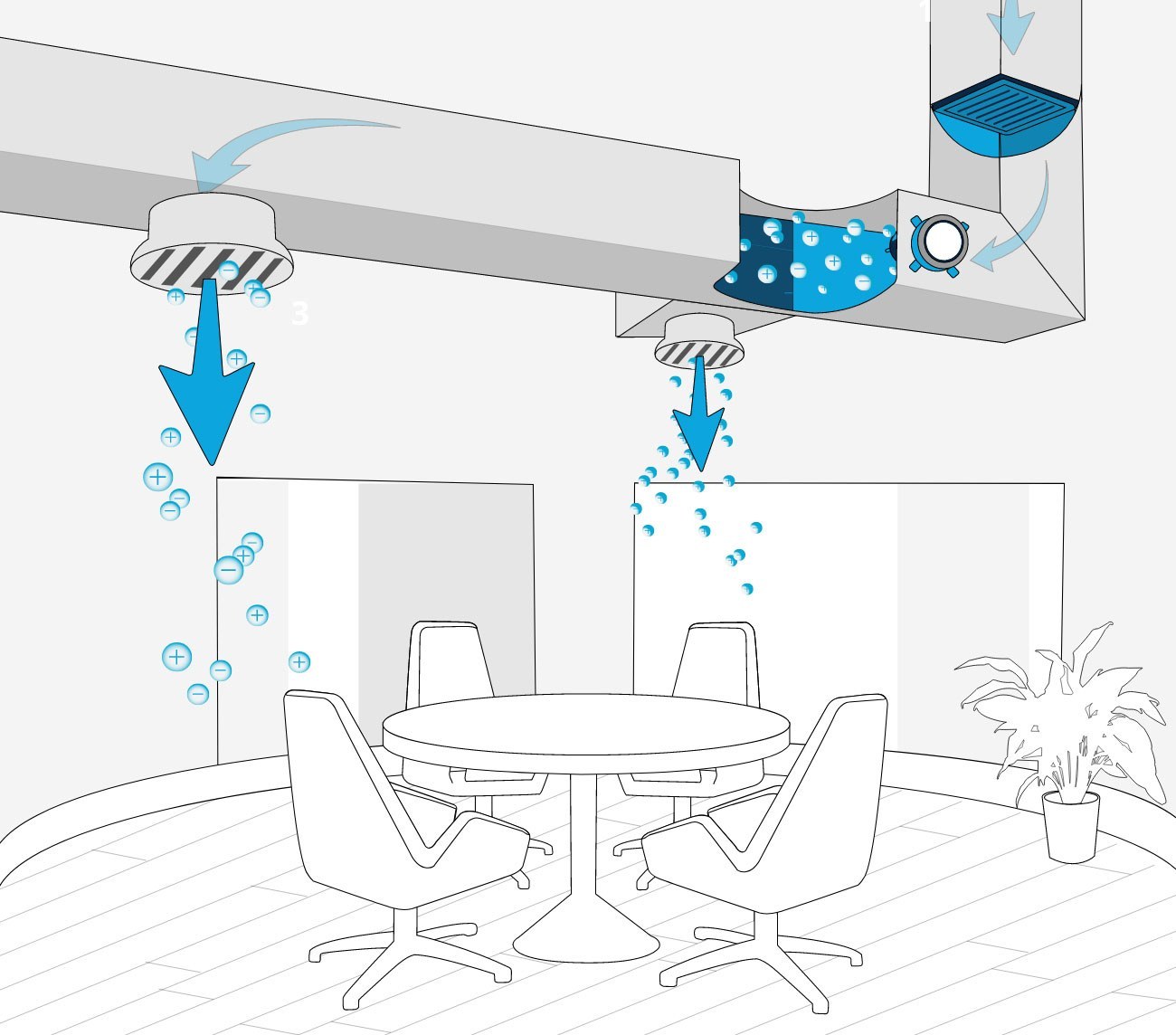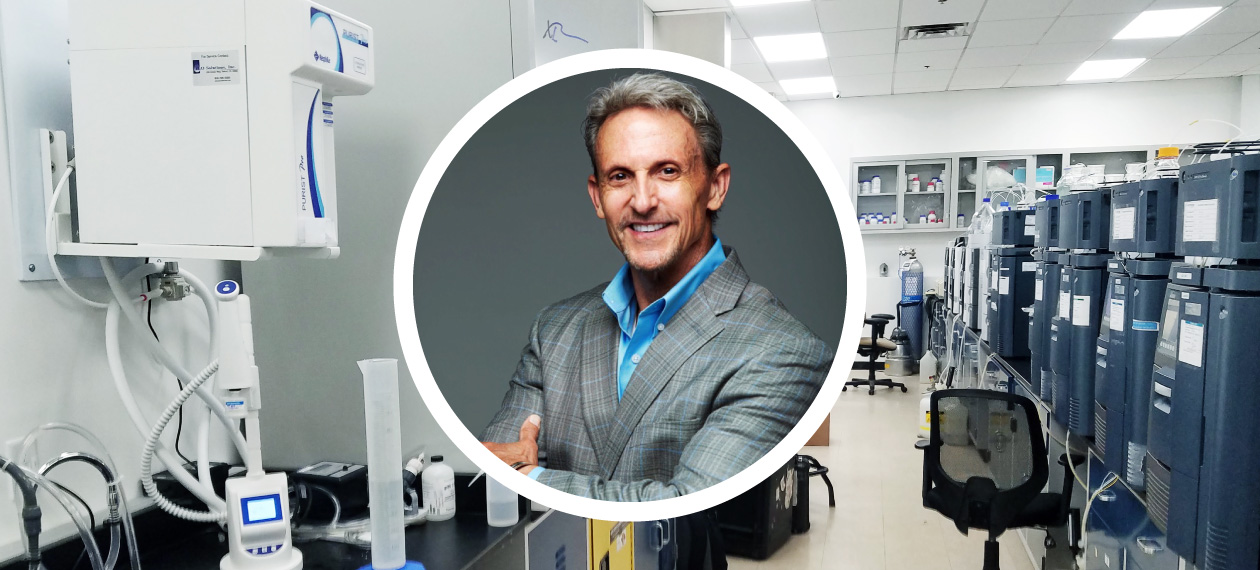David Schurk, director of healthcare and applied engineering markets at Global Plasma Solutions, has been in the air, heating, and ventilation industry for 40 years now, starting as a commercial sales engineer and working his way up through the ranks. He’s worked with all the biggest names in HVAC manufacturing and has spent the majority of his career focused on the healthcare market.
And he’s learned some things along the way.
“I got very involved in air quality and how things like temperature and relative humidity can create a better indoor environment for patients and staff,” he said.
He also learned that with patient care being the top priority, budgeting constraints often leave indoor air quality unaddressed.
IAQ can become an environmental concern because systems are not operating at top efficiency. Maybe they’re not commissioned properly, or they’re not moving the right airflows. They might have excessive leakage or bacteria or other microbiological growth on certain components. All of this has an influence on the air coming out of those systems.
Here, Schurk shares some insights he’s learned about the healthcare industry, and what healthcare facilities leaders can do to address them.
HealthSpaces: What can facilities leaders do to prepare for the next pandemic?
David Schurk: The one thing the pandemic has done is put a spotlight on indoor air quality. SARS-CoV-2 is aerosol transmissible, so it is important to consider the role of cleaner indoor air in an overall plan that includes protocols for things like enhanced cleaning measures and social distancing.
But hospitals do already use various ventilation and filtration methods to clean the indoor air. Are these current methods not enough?
Particles like dust, dander, smoke and even viruses and bacteria all can be suspended in the air we breathe, even when you don’t see them. There are things that can be done to enhance the performance of traditional ventilation and filtration methodologies to make them more effective at reducing particles in the air.
What are some technologies that can improve indoor air quality with regard to viruses and bacteria beyond traditional ventilation and filtration?
GPS’ patented needlepoint bipolar ionization technology creates and releases ions into the airstream using your existing HVAC system as the delivery method. When these ions disperse throughout a space, they seek out and form bonds with particles in the air through a process called agglomeration. This creates a snowball effect in which particles begin to cluster together. The larger a cluster of particles becomes, the easier it is for your system to filter it out of the air.

Contact with ions has microbicidal effects on certain viruses and bacteria, which ultimately disrupts their surface proteins and renders them inactive. Visit https://globalplasmasolutions.com/third-party-testing to learn more.
How can facilities leaders work with you to test out this technology?
We are always looking for pilot project opportunities where we can team up with engineering and facilities professionals, and structure a study that applies our product. Information sharing is key, so we use those learnings to help propel the industry forward.
You can learn more about GPS here and connect with David Schurk on LinkedIn here.

Posted by
Collaborate with your Peers!
HealthSpaces is a community for people that plan, design, build and operate spaces where healthcare is delivered.
June 7-9, 2026 | Braselton, GA
Learn More




-4.png)
-Dec-09-2025-05-48-44-4379-PM.png)
-4.png)
-1.png)
-2.png)

Comments